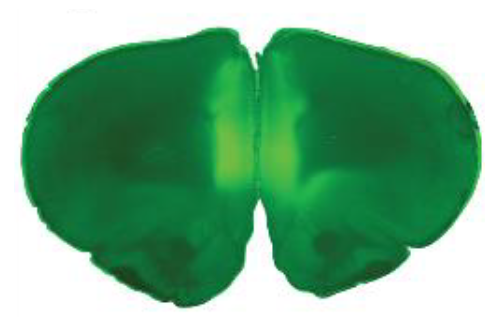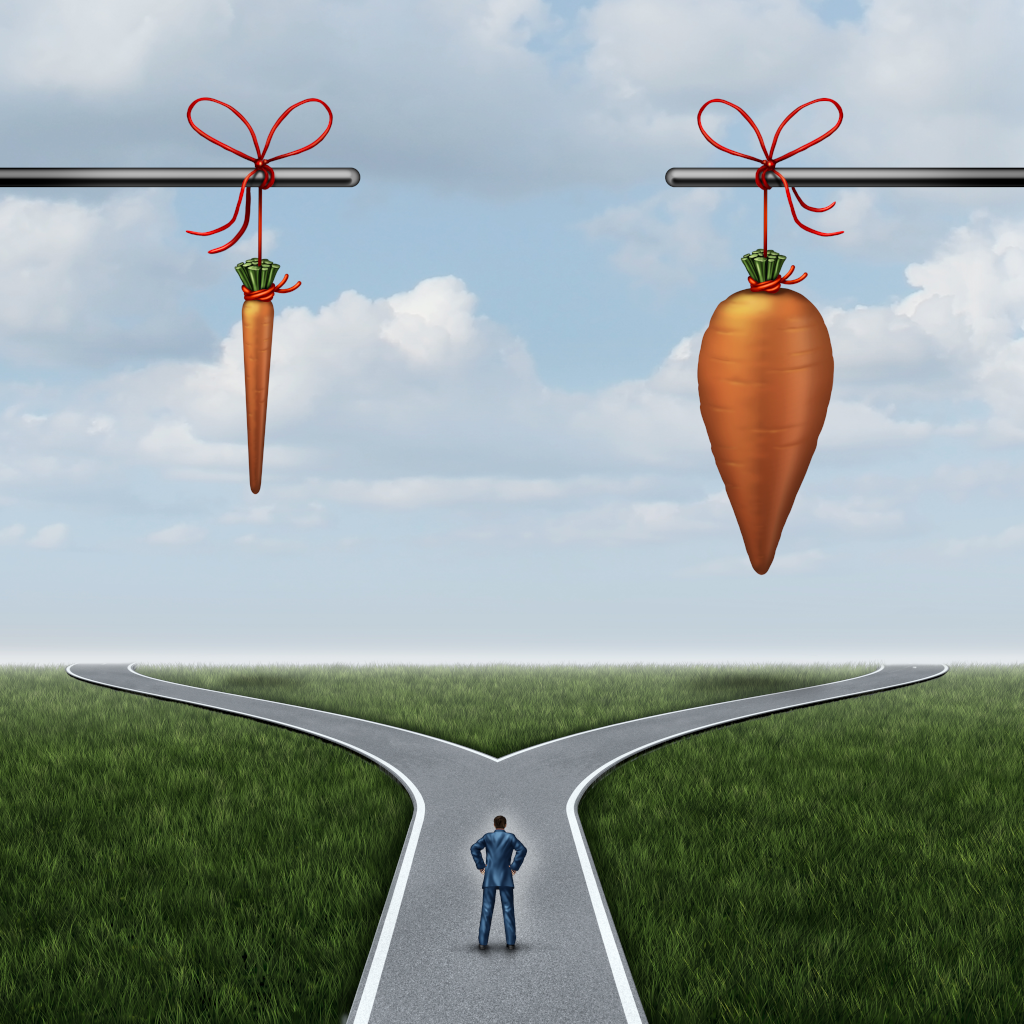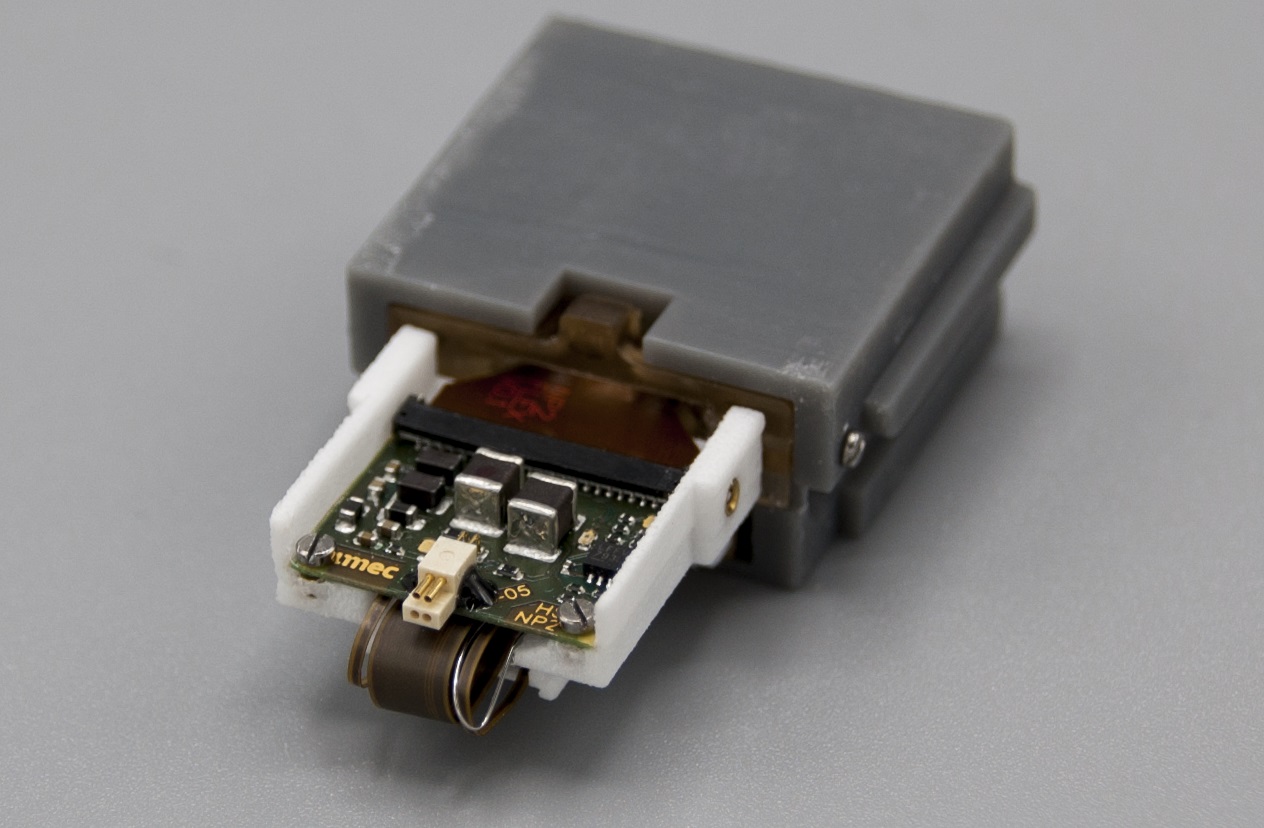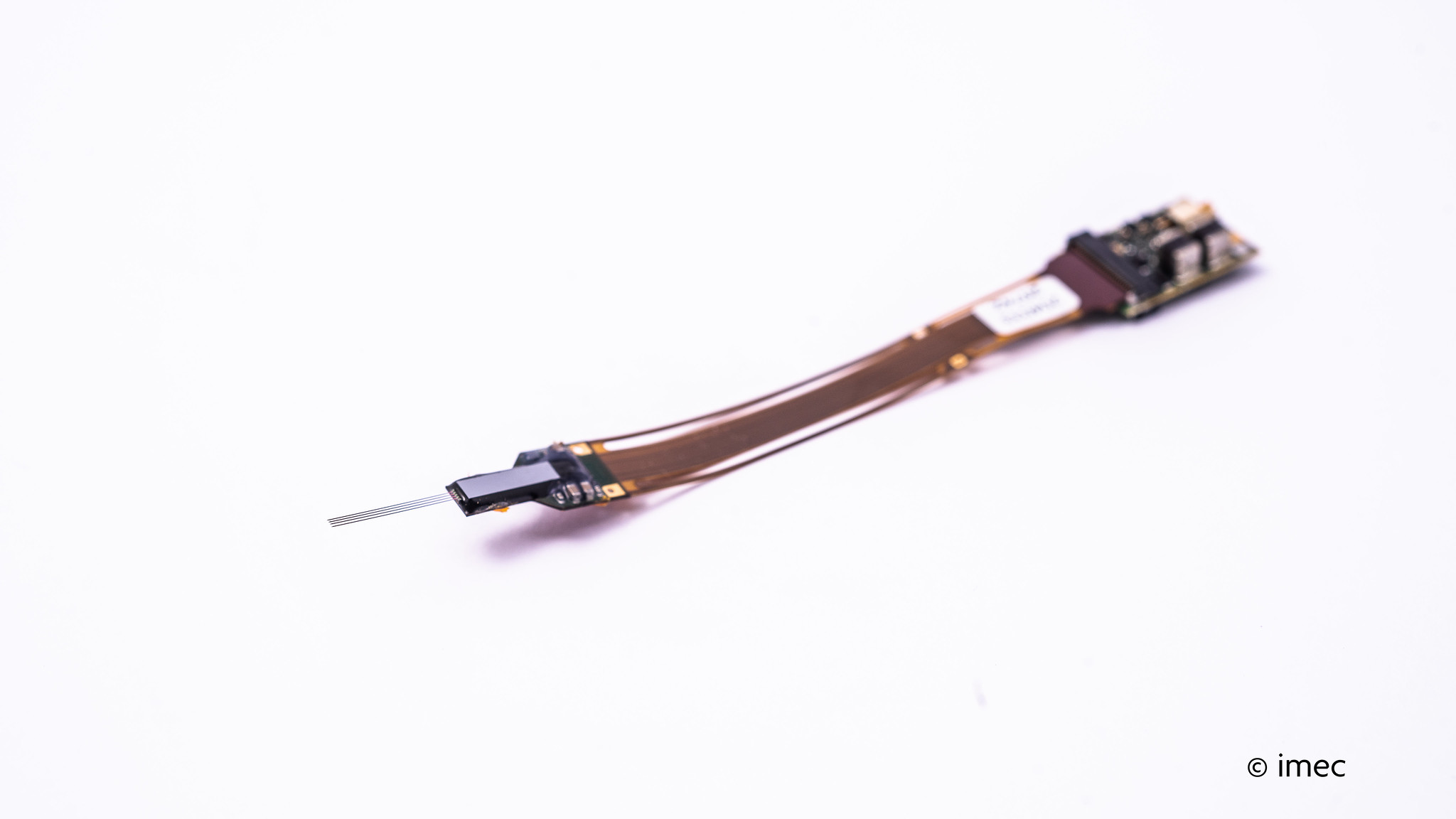-
Ripples not needed for short-term memory
In a new preprint published on bioRxiv, we show that hippocampal sharp-wave ripples may not be needed for acquiring new place-reward associations in a familiar task setting. Short-term memory on a time scale of seconds to minutes is required to successfully perform day-to-day tasks, for example when engaging in a meaningful conversation. It has been…
-
How rats learn a new rule
In a new preprint published on bioRxiv, we show that behavioral flexibility in rats is supported by brief interactions between the prefrontal cortex and hippocampus that may facilitate memory reactivation. As Greek philosopher Heraclitus said: “The only constant in life is change”. What is important is how well and how quickly one adapts to a…
-
Big rewards, better memory
In a new publication out in Current Biology, we describe the impact of reward size on memory formation and how memories coupled to a large reward are formed and stabilized faster. Our ability to remember certain experiences in our lives depends in part on how we perceive their value. Generally, if an experience is perceived to have…
-
3D-printed fixtures for Neuropixels
Our new Nature Protocols paper is out! Together with the Haesler lab and ATLAS Neuroengineering, we describe how to implant Neuropixels probes for chronic recording of neuronal activity in freely behaving animals. Two months after introducing Neuropixels 2.0 in Science, we have now published a detailed step-by-step protocol on how to implant the probes for chronic recordings using…
-
Neuropixels 2.0
Proud that we have been able to contribute to Neuropixels 2.0, a new generation of miniature recording probes that can track the neurons inside the brain over weeks — and even months. The new probes build on the success of the original Neuropixels probes released in 2017 and currently used in more than 400 labs.…




